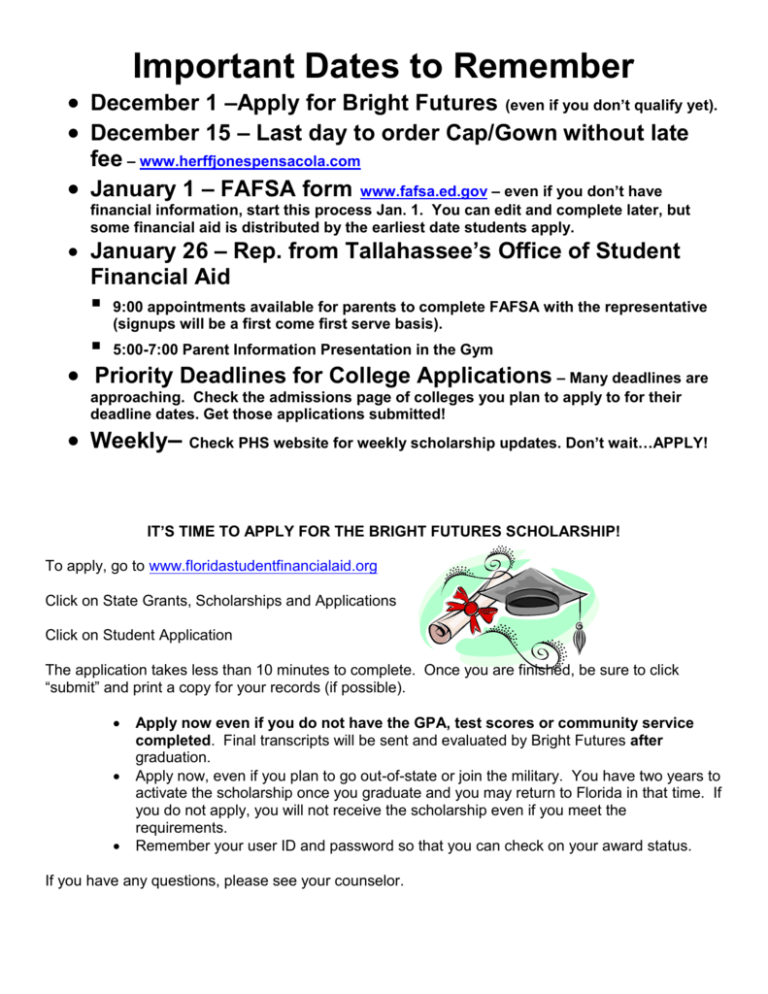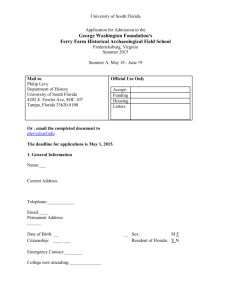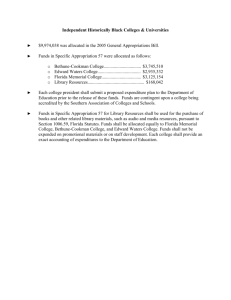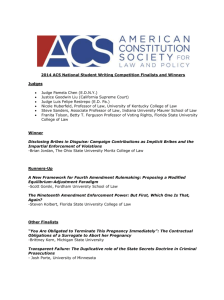December 15 – Last day to order Cap/Gown
advertisement

Important Dates to Remember December 1 –Apply for Bright Futures (even if you don’t qualify yet). December 15 – Last day to order Cap/Gown without late fee – www.herffjonespensacola.com January 1 – FAFSA form www.fafsa.ed.gov – even if you don’t have financial information, start this process Jan. 1. You can edit and complete later, but some financial aid is distributed by the earliest date students apply. January 26 – Rep. from Tallahassee’s Office of Student Financial Aid 9:00 appointments available for parents to complete FAFSA with the representative (signups will be a first come first serve basis). 5:00-7:00 Parent Information Presentation in the Gym Priority Deadlines for College Applications – Many deadlines are approaching. Check the admissions page of colleges you plan to apply to for their deadline dates. Get those applications submitted! Weekly– Check PHS website for weekly scholarship updates. Don’t wait…APPLY! IT’S TIME TO APPLY FOR THE BRIGHT FUTURES SCHOLARSHIP! To apply, go to www.floridastudentfinancialaid.org Click on State Grants, Scholarships and Applications Click on Student Application The application takes less than 10 minutes to complete. Once you are finished, be sure to click “submit” and print a copy for your records (if possible). Apply now even if you do not have the GPA, test scores or community service completed. Final transcripts will be sent and evaluated by Bright Futures after graduation. Apply now, even if you plan to go out-of-state or join the military. You have two years to activate the scholarship once you graduate and you may return to Florida in that time. If you do not apply, you will not receive the scholarship even if you meet the requirements. Remember your user ID and password so that you can check on your award status. If you have any questions, please see your counselor. COLLEGE ADMISSIONS TIP SHEET FOR PARENTS The period during which your child is exploring their college options is very exciting, but it can also be overwhelming. They may experience moments of empowerment, while at other times they may regress and feel helpless. Like all the major milestones in life, they will benefit from parental support. Be sure to remember this is your child’s future and not yours. There’s a delicate balance between guidance and over-involvement. Step One: Have your student begin by researching colleges on the web and requesting information from the schools that interest them the most. When comparing schools, they should consider these important factors: 1. Location. Would they prefer to be in a big city or small town? 2. Distance. Would they prefer to live close to home or hours away? 3. Size. Would they rather be on a big campus or feel more comfortable on a small campus? 4. Cost. While private schools may cost more than public, they may offer more scholarships and financial aid, so they still may be affordable. 5. Majors. Encourage them to consider schools that offer a wide variety of majors. On average, 80% of college students will change their major at least once over the course of their college career. 6. Extra-curricular activities. Do they plan on joining a sorority, fraternity or participate in intramural sports? 7. Sports teams and school spirit. Is having a football team to cheer for important to them? Step Two: Visit the colleges that interest them the most. College visits have been known to totally change a student’s opinion about a school. When making a college visit, they may want to ask these questions. 1. What’s the typical class size for freshmen? For upperclassmen? 2. Does the school provide tutors? 3. Are freshmen required to live in dorms and take part in meal plans? 4. Are there fraternities and sororities? 5. How do students feel walking around the campus and surrounding neighborhood at night? 6. What makes this school unique? 7. What happens on campus on the weekends? Does it empty out or is there plenty to do? 8. Can freshmen have cars? Is parking a problem? 9. What services are available to students? Step Three: Begin the application process. By the beginning of their senior year, they should have their choices narrowed down to approximately 5 schools for which they intend to apply. Application procedures and deadlines are posted on the websites of each school. As a whole, colleges prefer the online application and most schools will start accepting new applications after July or August 1. Transcripts may be requested from Guidance for a $2.00 fee. If an essay is required, students should seek assistance from websites such as www.collegeboard.org Do not provide a letter of recommendation unless one is requested. The Common Application is an undergraduate college admission application that may be used to apply to over 500 colleges and universities (mostly private and out-of-state). For more information, go to www.commonapp.org Early Decision and Regular Admission: What’s the Difference? With early decision, a student is bound to attend that institution if they are accepted. Students are allowed to apply to only one college as early decision. Regular admission has no restrictions. If a student is accepted under early decision, any regular admission applications that have been submitted must be withdrawn. The application process for an appointment to the Naval Academy, Air Force Academy and West Point should start during the summer before their senior year. Paying for College: The Bright Futures Scholarship requires a certain GPA, test score and community service. Visit http://www.floridastudentfinancialaid.org/ssfad/bf/fasrequire.htm for more information. Students will apply beginning December 1, 2015. Another source of scholarships comes directly from the colleges and universities. Most schools will offer the top students academic scholarships ranging from a few hundred to a few thousand dollars. To be considered, students should apply to the school before their deadline or December 1st (whichever comes first). Community service organizations account for the third largest source of funding. Application requirements and deadlines vary and will be posted throughout the year on the home page of our school website as they become available. Students who wish to apply for an ROTC Scholarship should begin the application process in the summer before their senior year. Students should visit the website related to the branch of the military they wish to serve. Finally, the federal government provides grants and loans to needy students. Visit www.fafsa.ed.gov now to find out if your family might be eligible by using the FAFSA4caster. The actual application is available online and will open January 1, 2015. University Admissions Matrix (for class of 2015) UNIVERSITY AVG. GPA AVG. ACT W/WRITING ADMIT RATE APPLY BY Florida A&M 3.0-3.5 17-20 45% 5/15 Florida Atlantic University 3.4-4.1 22-26 48% 5/1 Florida Gulf Coast University 3.1-3.8 20-24 66% 2/15 & 5/1 Florida Polytechnic University 4.03 28 n/a n/a Florida International Univ. 3.7-4.3 21-26 43% 11/1 & 5/1 Florida State University 3.8-4.4 27-30 57% 10/15 & 1/14 New College of Florida 3.9-4.5 27-34 60% 11/1 & 4/15 University of Central Florida 3.7-4.3 25-29 49% Fall & 5/1 University of Florida 4.2-4.5 28-32 47% 11/1 University of North Florida 3.9 24-29 53% 10/31/Rolling University of South Florida 3.7-4.3 24-29 45% 01/02/14 University of West Florida 3.69 24 48% 12/1 & 6/1 *GPA includes 18 core classes, adding 1 point for C or higher in AP and DE, .5 for honors classes. For ACT information and test dates, go to www.actstudent.org/start For SAT information and test dates, go to www.collegeboard.org NEXT Magazine Important Information: ACT vs. SAT – page 14 Overview of the different types of schools in Florida – pages. 56-61 High School Checklists – pages 48-49 Scholarship Searches – pages 50-55 Choosing a school – page 36 Share this magazine with your parents!








